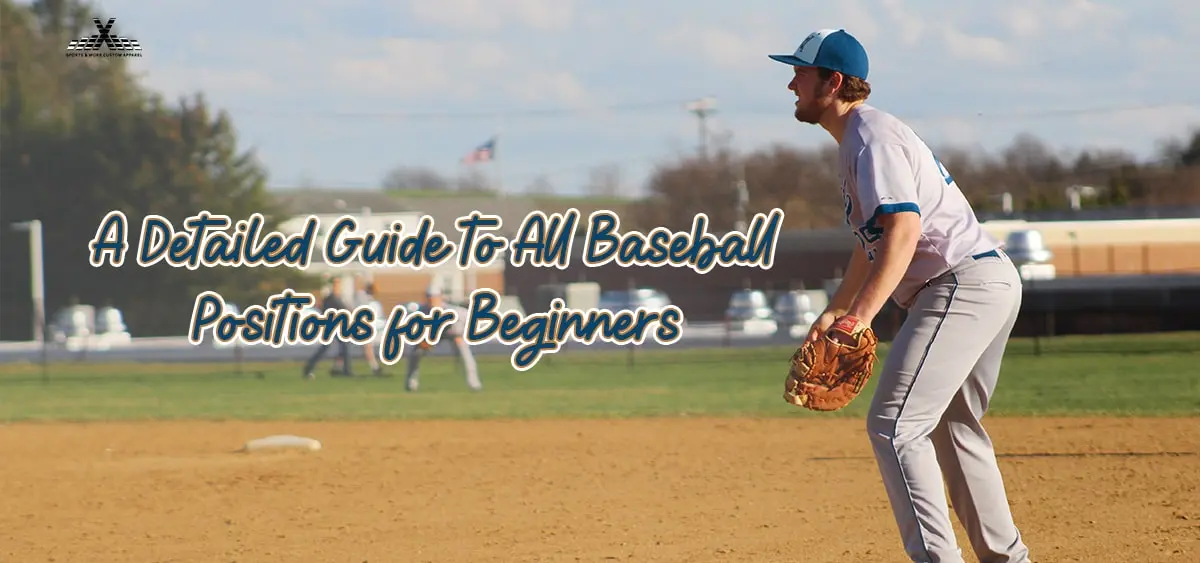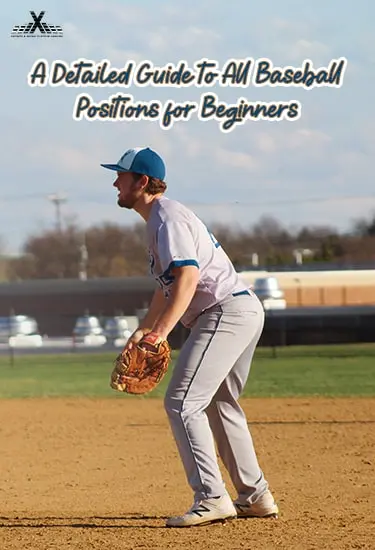A Detailed Guide To All Baseball Positions For Beginners
Baseball is a sport in which two teams compete against one another to see who can score the most runs. Like most sports, baseball has both an offense and a defense. “Fielders” is the term for the defensive players. In baseball, there are 9 fielding positions. Every position carries out specific duties that has an impact on a game’s results. A few players are also able to play every position. Nowadays, for baseball fans, custom baseball jerseys and pants are easily available.
To be successful, each fielding or defending player must collaborate with the rest of the team. To learn about the various baseball positions, let’s go in numerical order according to the scorebook.
1. Pitcher
The defensive player who initiates each individual’s play is the pitcher. The pitcher is usually given the number one because the ball is in the pitcher’s hands at the start of each play. His main responsibility is to retire the opposing batting order.
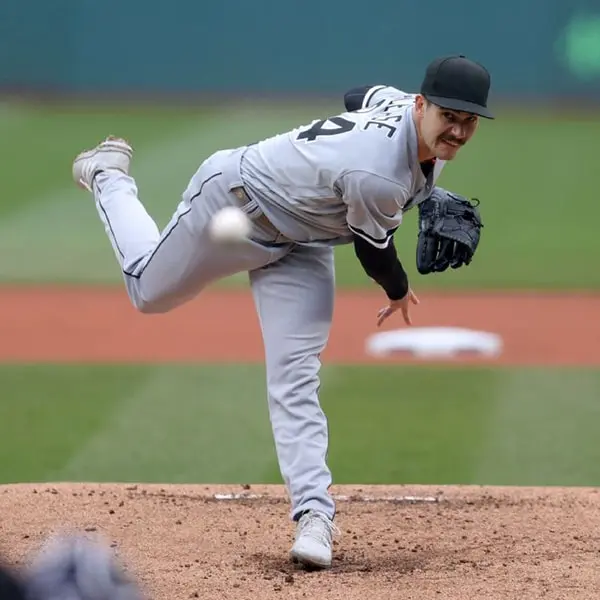
To gain an advantage over the offense, the pitcher must strike them out or limit their ability to hit for power. Pitchers do not need to be great hitters. They support infielders while also serving as a cutoff. Pitchers also have different types.
2. Catcher
The catcher is also known as the defense’s field general. The catcher is often thought to be the toughest and most demanding position. He collaborates with the pitcher to strike out batters. His position is behind the home plate and has a full view of the field like batters.
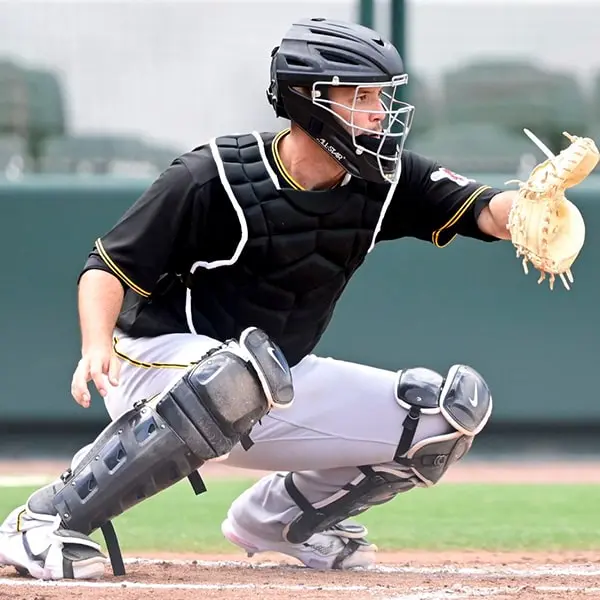
They must be leaders on the fields besides contributing to the offense and defense. To play the entire game while squatting, catchers must be strong men with quick feet and strong arms.
3. First Baseman
The first baseman is the team’s most active defensive player. This first baseman is usually positioned a few feet behind the baseline, closest to the first base. The first baseman receives the majority of throws from other infielders.
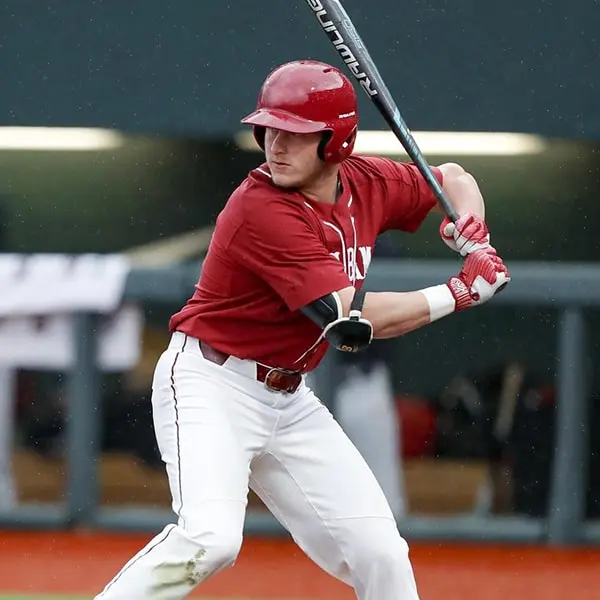
So, he must have strong glove skills as well as the ability to handle poorly thrown balls. First basemen can play either left or right-handed. This position is often regarded as the team’s least athletic position.
4. Second Baseman
A second baseman covers the second base on attempted steals. He is in charge of fielding ground balls while positioned between first and second base. Second basemen are also referred to as middle infielders.
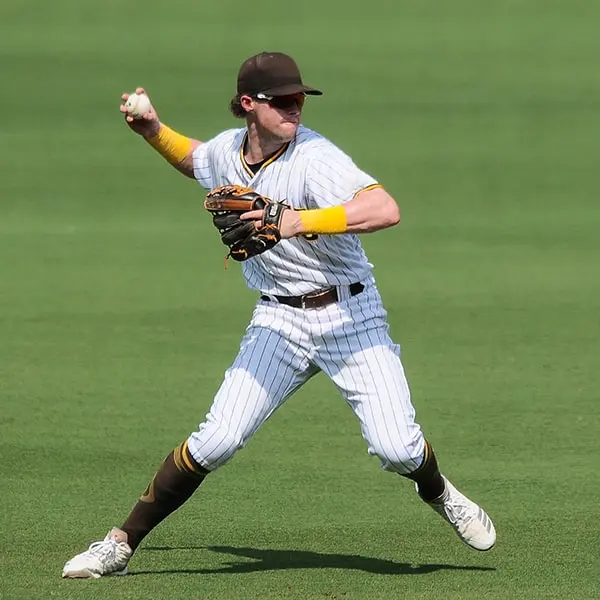
Right-handedness is usually preferred for second basemen. They must be fast and agile and are essential for a successful defense. The second baseman has the weakest arm strength of any infielder.
5. Third Baseman
The “hot corner” is another term for third base. This is because the third baseman is closest to a batted ball and thus requires quick reaction time. Third basemen have a very diverse skill set.
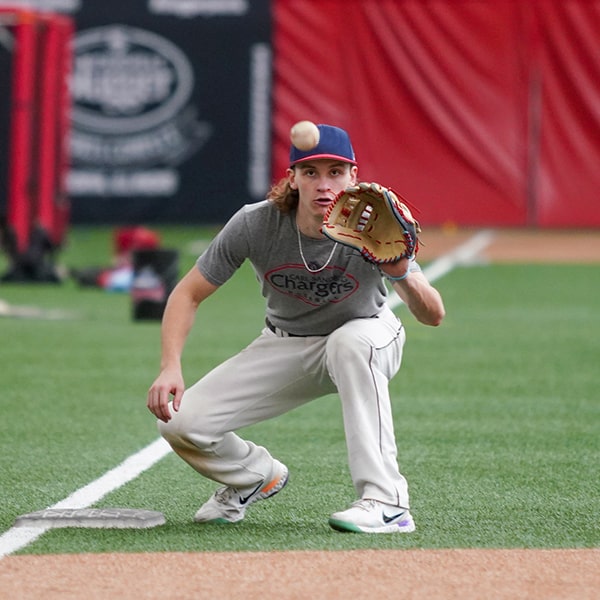
They do not need to be quite as mobile as a middle infielder. This position is frequently dominated by right-handed players. He must be able to knock down hard-hit balls and make accurate throws across the infield.
6. Shortstop
Shortstops are the anchor of the infield defense. They play between the second and third bases, with a heavy focus on the second base. Their job is to cover balls hit from second base to the batter’s left until they reach the third baseman.
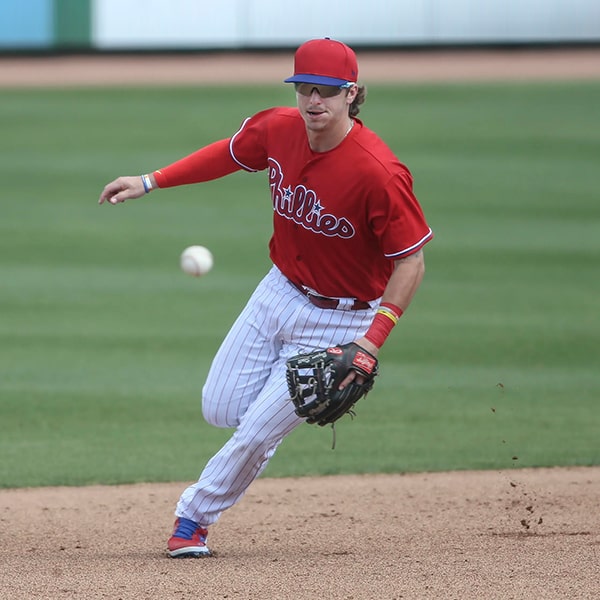
Shortstop is the most athletic infielder and has very strong arms. It is because he must think fast and make quick and strong throws. They must be right-handed.
7. Left Fielder
One of the three outfield positions, left fielders are the farthest from the home plate. They have less ground to cover because they are in an outfield corner position. Most batters are “pull hitters.” So, batted balls usually land between left fielders and center fielders.
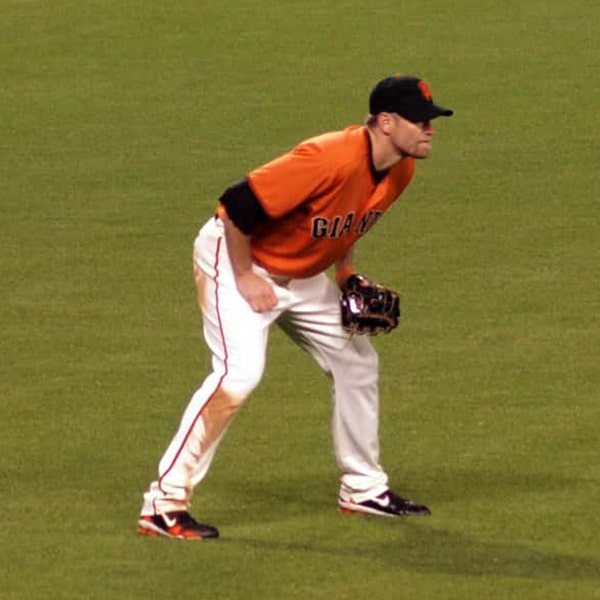
The outfielders’ arms are the weakest for left-fielders. It is because their throw to third base is the shortest. Dexterity is not a disadvantage for outfielders.
8. Center Fielder
The center fielder is in charge of the outfield and is typically positioned next to second base. He is usually given preference when catching balls over the left or right fielders. One of the most crucial defensive positions in baseball is centerfield.
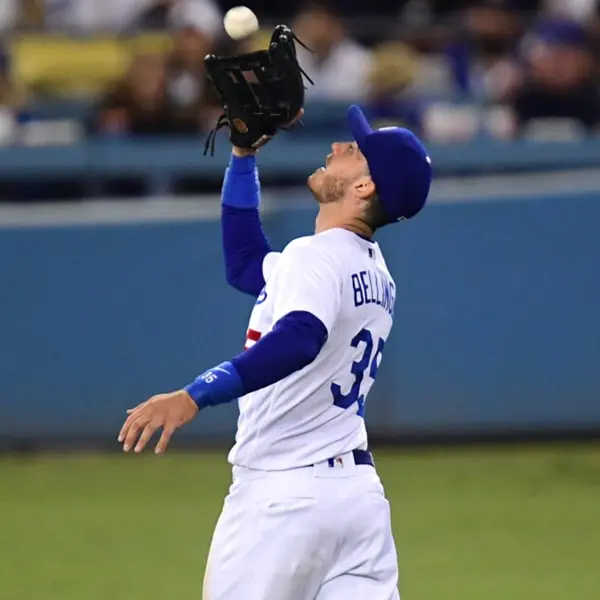
They lead the outfield as its captain. They must defend a larger area than any other player, so they run faster than left and right fielders. There is no obvious advantage to dexterity for being either left- or right-handed.
9. Baseball Right Fielders
The outfield’s strongest arm belongs to the right fielder. The majority of the batted baseballs usually hit to the center/left. So, a right fielder has fewer fielding opportunities than other outfielders. The right field is another corner outfield position.
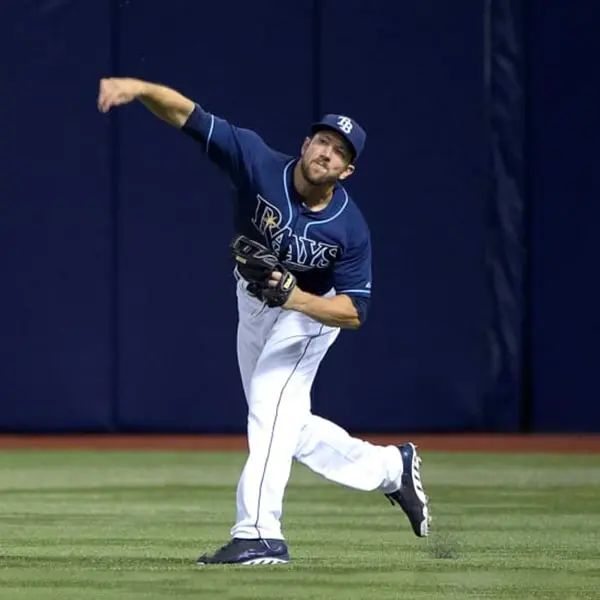
It is home to some of the most famous baseball hitters of all time. The primary responsibility of the right fielder is to cover third base on any outfield hit. Dexterity, like that of all other outfielders, is unimportant.
Frequently Asked Questions
What baseball position is the simplest to learn?
What is the most difficult position to play in baseball?
Which three positions in baseball are the most crucial?
What position has the most errors in baseball?
Conclusion
Each of the nine defensive positions in baseball has unique requirements. These nine positions have particular duties and favor particular offensive players. Depending on the position, a player’s dexterity may also be significant. When it comes to player development, the more positions a player is familiar with, are better.
Thus, the coach will be able to insert them into the starting lineup each game. Knowing the history, strategies, field, gear, and much more will help you improve as a player. Custom baseball jerseys are very much liked by baseball fans. Every inch of your baseball jersey is easily customizable as per order. Now, you can get your custom baseball jersey made and designed with the best technology.

